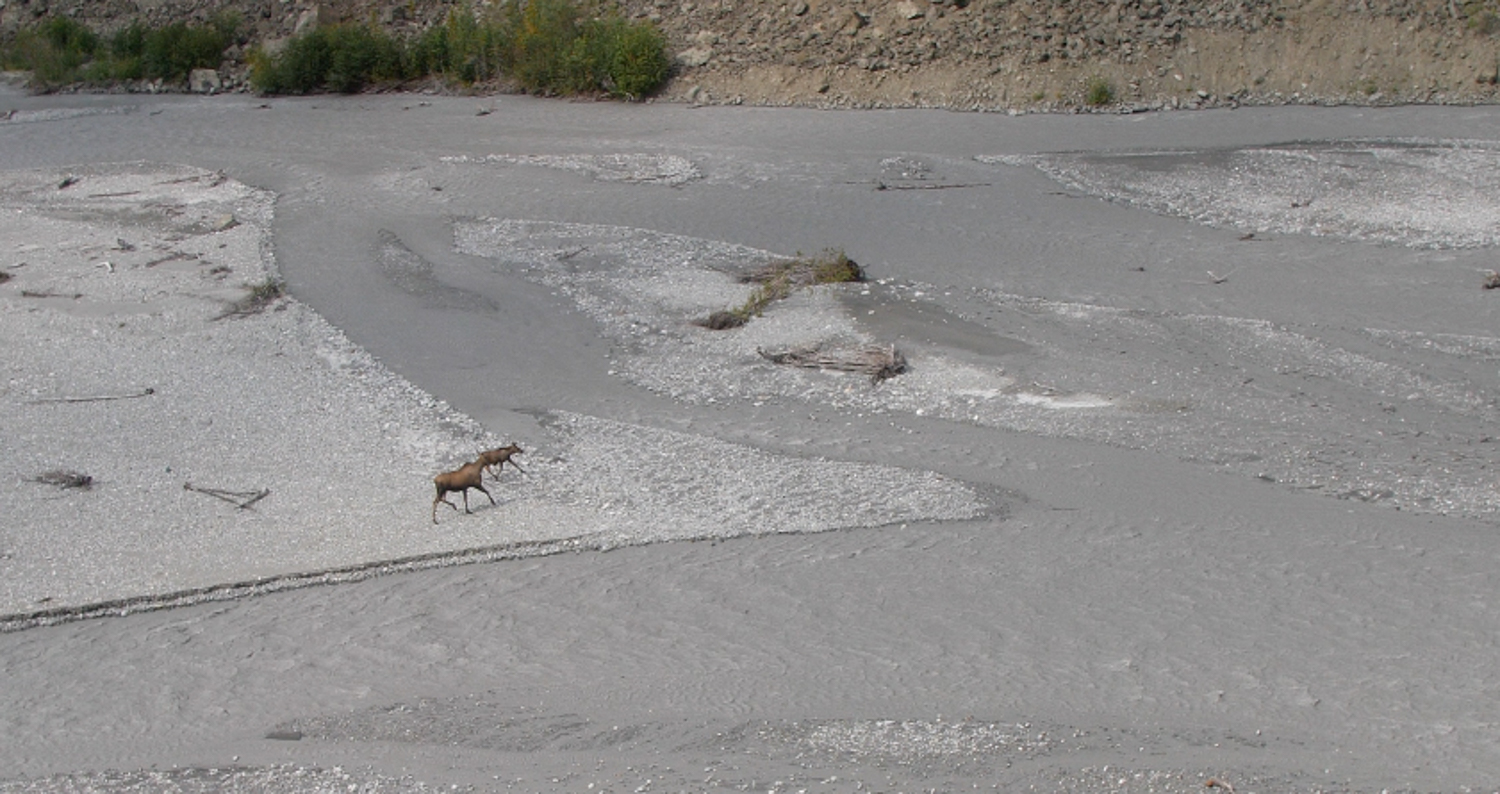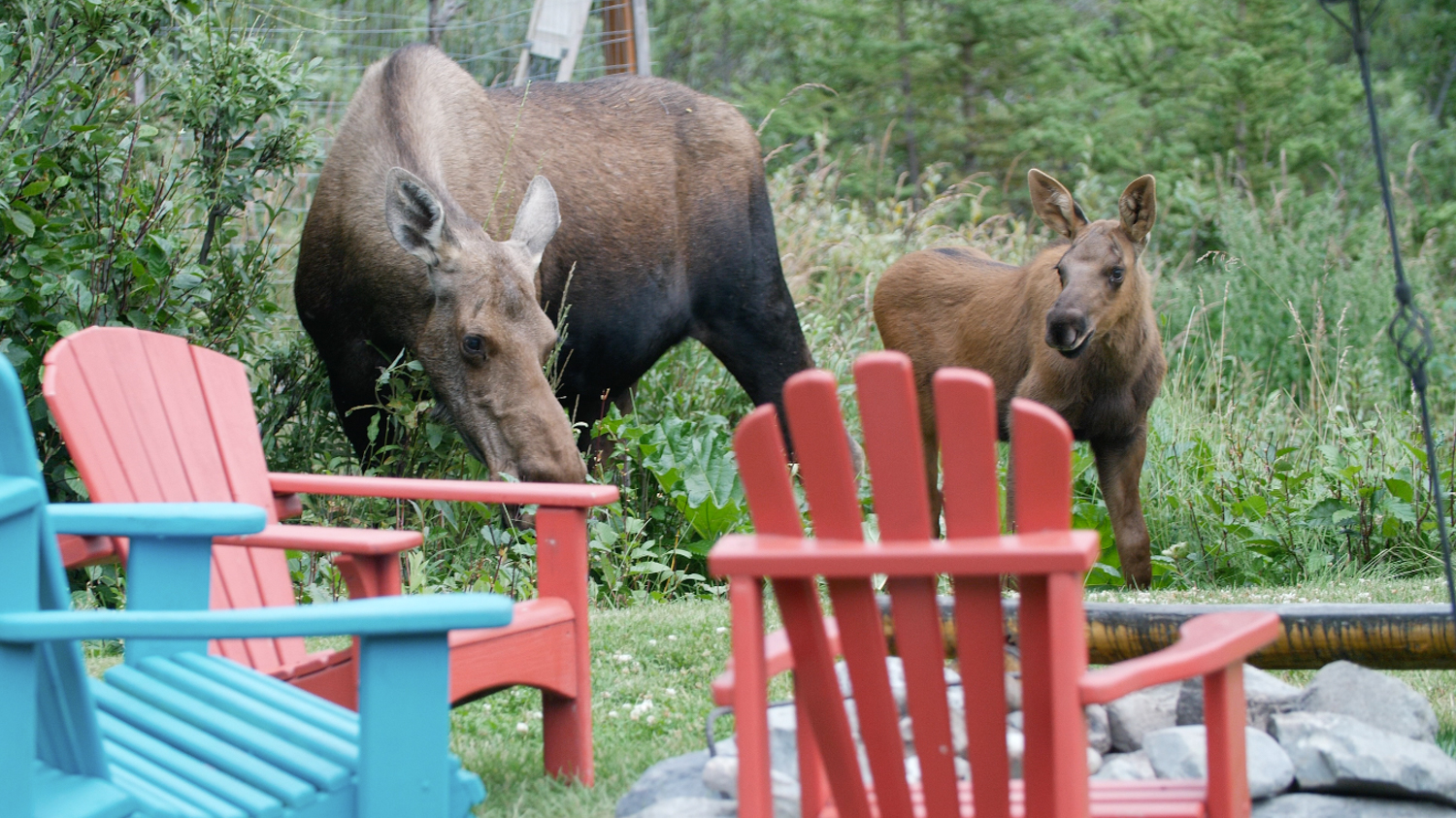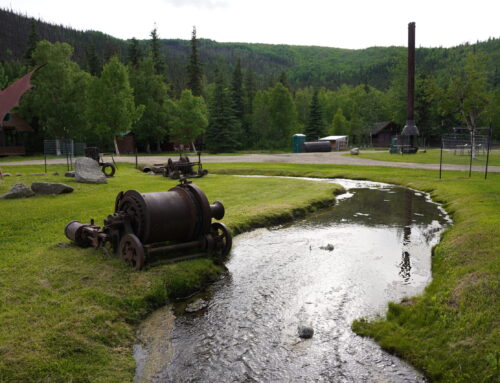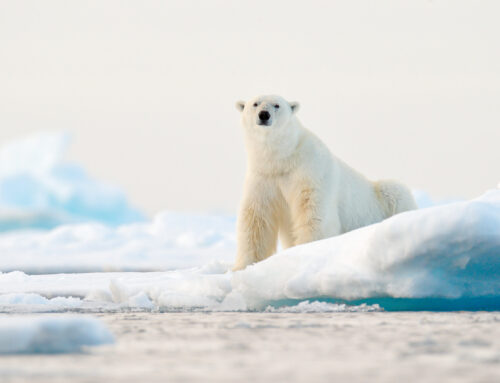Moose of Alaska
Spring signals its arrival in Alaska quickly and abruptly in the most beautiful ways. Bright greens of new growth seem to appear across the valleys and mountains overnight. These signs of new life signal wildlife and other plants to begin their spring rhythms. Moose are one of the first to start their grazing migrations as the first new growth on trees and bushes are one of their primary food sources. The Alaska moose (Alces alces gigas), the largest moose species out there, then begins to shift their diets as plants flourish and all beings revel in the abundance that Alaska encompasses. Sighting a moose in Alaska is quite likely, so adjust your perspective and keep your eye out. (Alaska Dept. of Fish and Game)

Meandering Moose
Its time to be aware and alert when the Alaskan Moose emerges, they are located almost everywhere across Alaska. Typically, they can be found grazing, resting, or ambling along, munching on trees and budding leaves. You can see them within city limits, out in parks, on the side of roads, and out in wilderness areas. In Alaska there are over 800 collisions between moose and vehicles. These can be fatal to moose and passengers in the car. (Alaska Beacon) So please be careful out there.
Moose are solitary for most of the year. In the winter you might sight them trudging through the heavy snow in open fields and the tundra. The fall is when moose start to rut for mating season, a time when males start to compete for mating and territory. And the spring and summer seasons are when calves are being born. An essential time for moose to start to stock up on their summer time calories to be ready for the fall with ample grazing.
Moose will gorge from spring to fall and can weigh up to 1800 pounds. Males grow a set of antlers throughout the summer that can end up weighing 250 pounds. That weight is essential when it comes to the rut season. This is all in effort to show up and be a top candidate in the mating season that comes in the fall. Typically mothers stay in small groups with their young and show them how to navigate and find prolific food sources.
Calving Season
In the spring you might be able to spot a calf near their mother. If so, be very careful and keep ample distance from them. Nursing mother’s can be extremely aggressive and territorial. When it comes down to it, any animal who has their young with them, give them space and respect. More likely than not, moose choose to have their babes in peatland regions. These areas are nutrient rich and offer a a gentle landing during the birthing process. You might be able to spot the babes by their brighter red colors and lanky legs when they are first born. Normally the Alaskan Moose has one calf. However, on particularly abundant years they can have twins. (Alaska Dept. of Fish and Game)
At the time of birth a calf can weigh a hefty 28 pounds. And within the first five months will grow 10 times that size! Mom watches over them as they figure out how to use their lengthy appendages. There is no lesson more important for all beings than to not get between a mother and their young! Especially an Alaskan mama moose. They love to eat willow, birch, shrubs, and fresh shoots. Calving starts in May and are often right outside your door or near the road side. It’s worth it to take a look out your window before stepping outside so you don’t find yourself in a surprise face off with a moose.

Moose Migrations
When migration season starts, most moose migrate with the growth of their food supply and where they can find space to bed at night. This helps them reserve essential energy and avoid predators. Some moose will stay within the same five mile region for all of their lives. Moose can travel as for North as 72 °N latitude and can be found as far south as about 40 °N latitude. From the West shorelines to the East, you have a chance to sight moose amongst wetlands and conifer forests (US Forest Service). Although, Alaska Moose are more specific to regions of Alaska and Canada.






